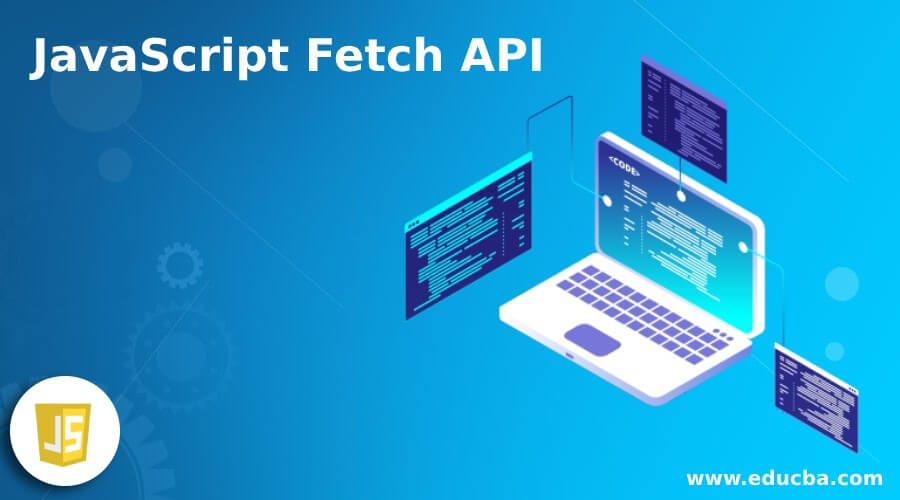
#Fetch javascript code#
catch( error = > console.error("Error:", error)) Ĭreate a new HTML web resource with the above code & publish it. Making POST request with JavaScript Fetch API

In Dynamics 365 WebAPI, we can execute bigger GET requests using $batch. But we have URL length limit which is around 2000 characters roughly (varies in different browsers) so if our URL extends this, the Bad Gateway exception is thrown. catch (error => console.error( "Error:" , error)) Įxecuting Large fetchXML using POST method with $batchĪs I mentioned in the beginning, we can choose to use fetchXML over OData query for complex queries which will be obviously bigger in size.
#Fetch javascript free#
That's all! 😃 Feel free to share if you found this useful 😃.To execute fetchXML, you need to simply append entity’s plural name in WebAPI endpoint and pass fetchXml in query string, and make http/ajax request. Here is a super cool article discussing the Parallel feeling in Promise.all in-depth. See the above code live in JSBin Disclaimer: Promise.all doesn't run every task in parallel, it justs waits for all the promises you gave to get either fulfilled or rejected before moving on.


The res inside will contain an array of responses resolved from each of the fetch requests!.attach then() handler to the allData PromiseĪllData.then( ( res) => console.log(res)) do fetch requests in parallel // using the Promise.all() method const allData = Promise.all() The biggest advantage of Fetch over XMLHttpRequest(XHR) is that the former uses promises that make working with requests and responses far easier. It is the newest standard for handling network requests in the browser. TL DR // 3 fetch requests for 3 endpints // and converting to JSON using the json() method const fetchReq1 = fetch( JavaScript Fetch API provides a simple interface for fetching resources. To do multiple fetch requests in parallel, we can use the all() method from the global Promise object in JavaScript. Doing this in JavaScript used to require clunky code or the use of outside libraries, but fortunately the Fetch API has in recent years made retrieving, adding, editing, and removing data from external databases easier.
#Fetch javascript how to#
How to do multiple fetch requests in parallel using JavaScript? JavaScript promises and fetch() As developers, we often need to gather data from external sources for use in our own programs.


 0 kommentar(er)
0 kommentar(er)
